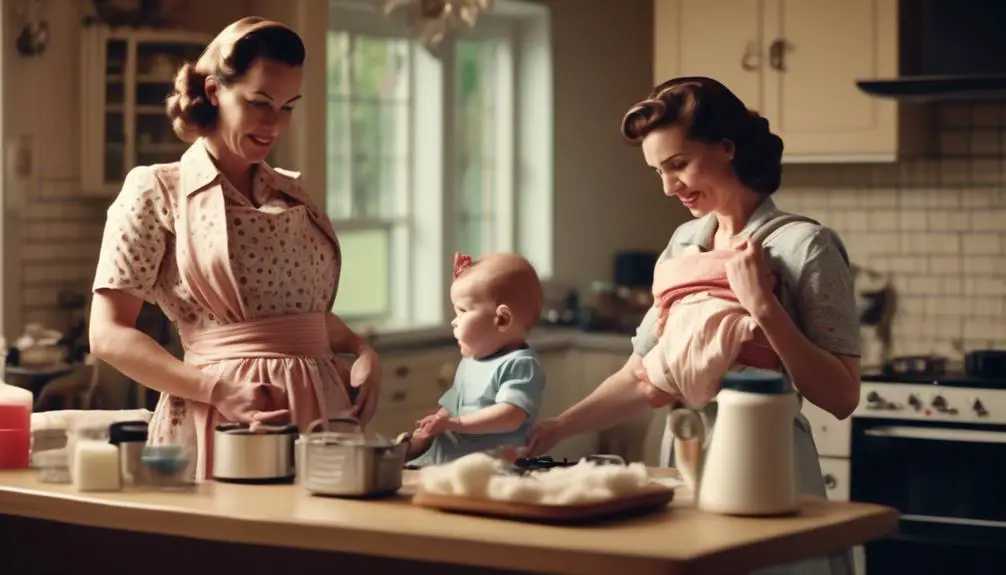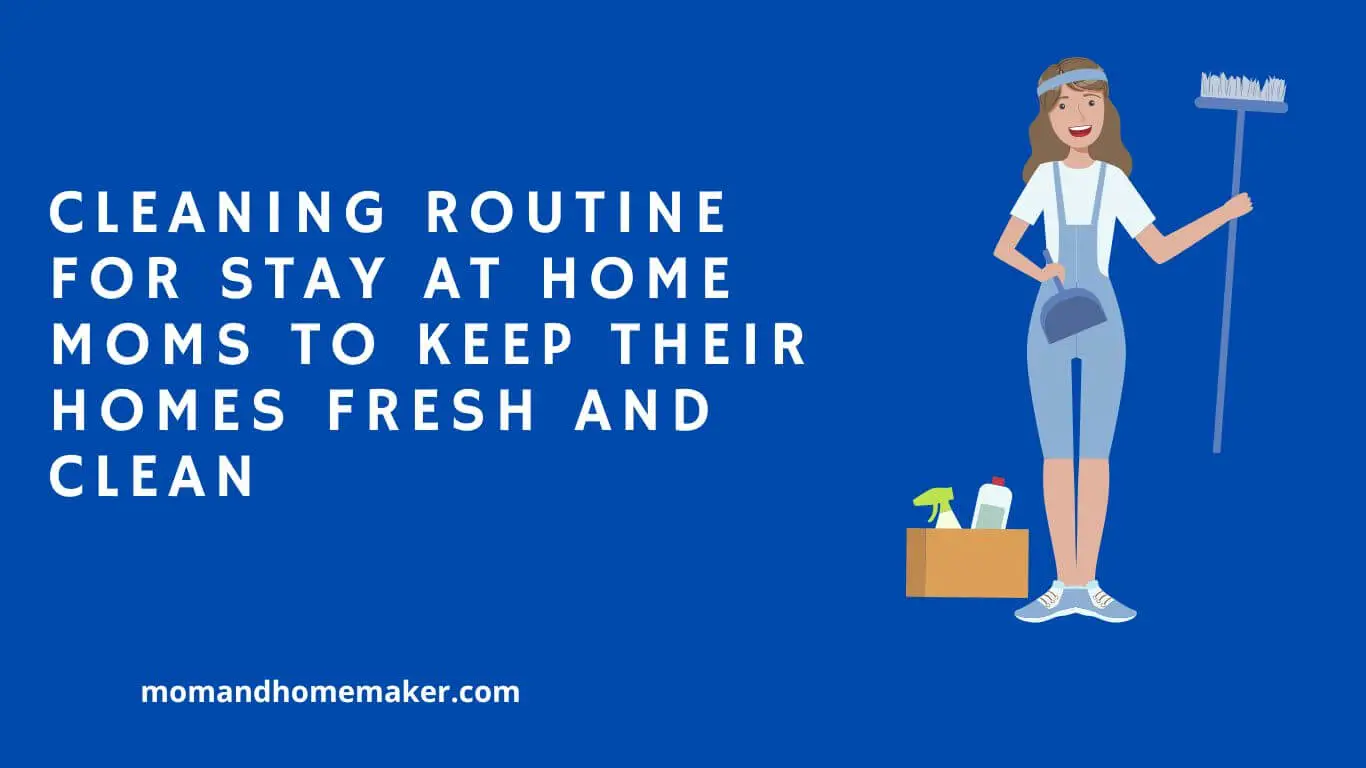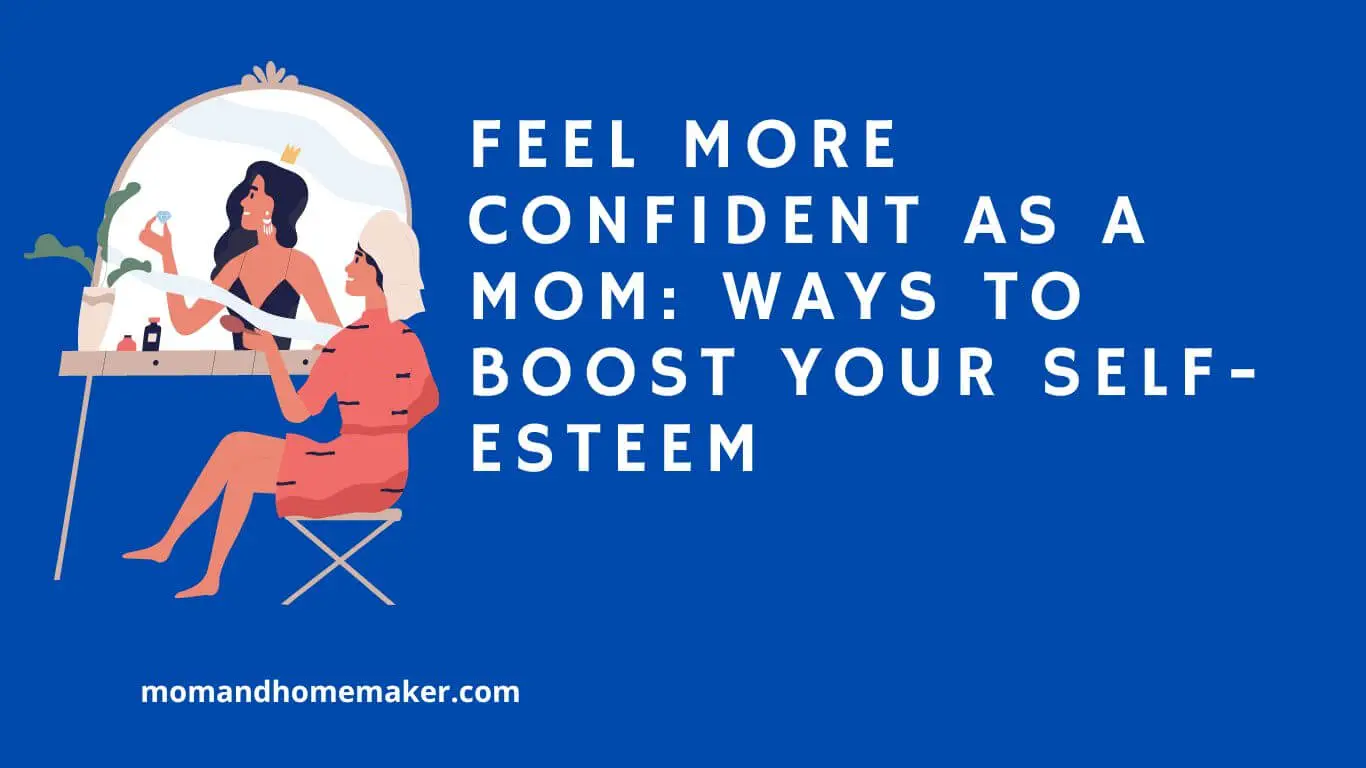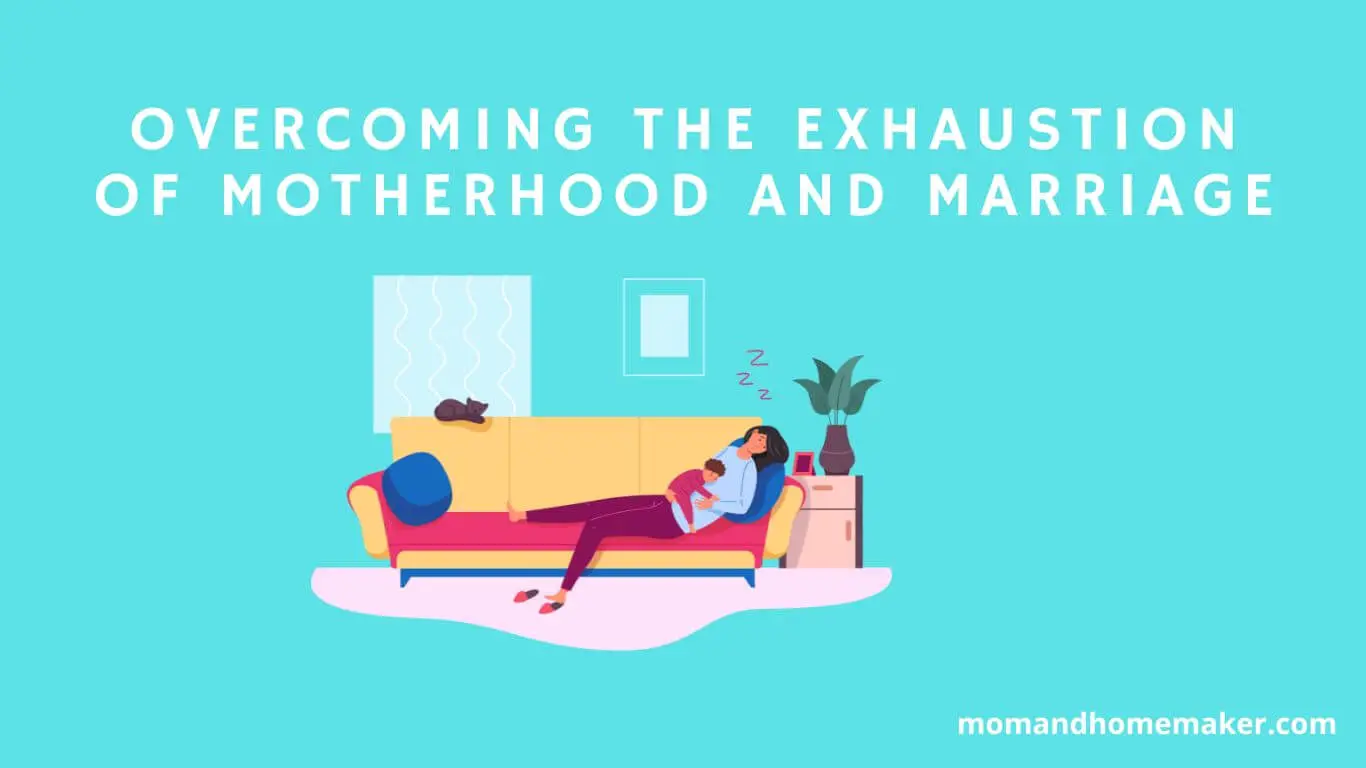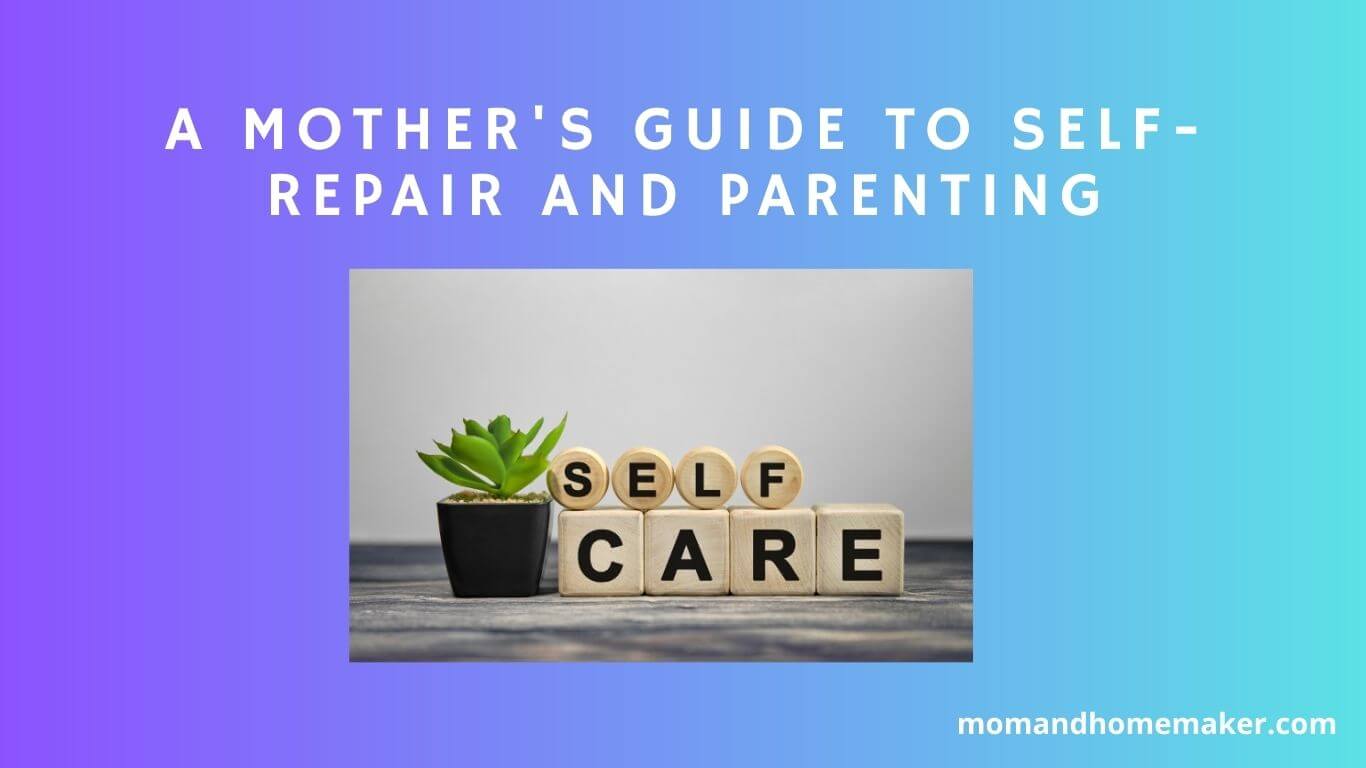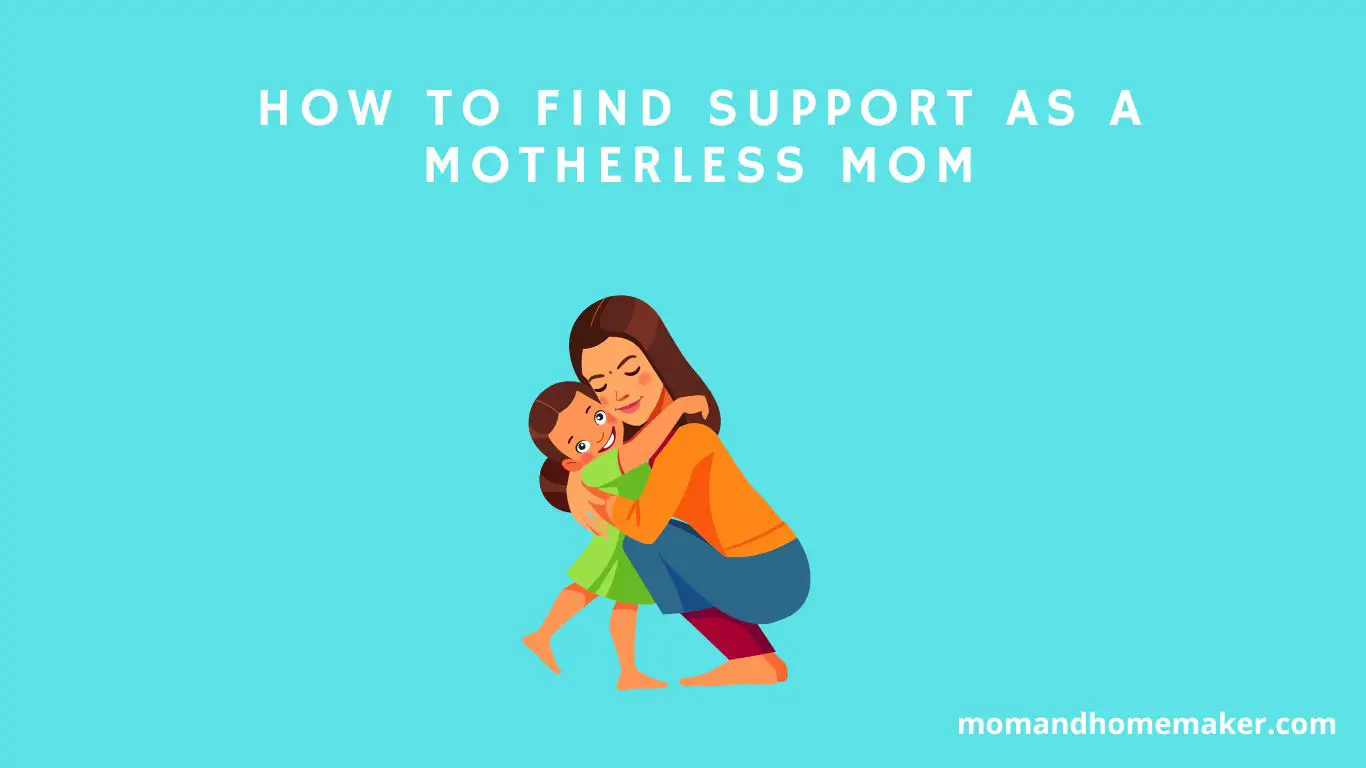The differences between a housewife and a stay-at-home mom may not always be clear-cut. Both roles involve managing a household and caring for children, but there are subtle distinctions that can impact their daily lives and overall experiences.
By taking a closer look, we can uncover the unique dynamics that shape each role, offering a deeper understanding of the complexities involved.
Historical Background

The difference between a housewife and a stay-at-home mom has its roots in the historical evolution of societal norms and gender roles.
In the past, women were expected to take on the role of housewives, tending to domestic duties and child-rearing, while men were the primary providers for the family. This division of labor laid the foundation for the distinctions between a housewife and a stay-at-home mom.
Gender roles have significantly influenced the roles of women within the family. Traditionally, the term ‘housewife’ referred to a woman whose main occupation was managing the household, while a ‘stay-at-home mom’ encompassed a broader scope, emphasizing the nurturing and care of children. These gender expectations created a clear distinction between the two roles.
Family dynamics also played a role in shaping these differences. The term ‘housewife’ was commonly used to describe a woman who managed the household and attended to domestic responsibilities.
On the other hand, ‘stay-at-home mom’ implies a more involved role in child-rearing and family life, reflecting the evolving responsibilities of women within the home.
Understanding the historical context of these terms provides insight into the societal expectations placed on women and the evolving roles within the family unit.
Financial Contributions
Stay-at-home moms play a crucial role in managing the household budget, carefully allocating funds for various expenses to ensure the family stays within their financial means.
They engage in long-term financial planning, making decisions regarding savings, investments, and retirement planning to secure the family’s financial stability.
Additionally, stay-at-home moms are adept at finding ways to save money through couponing, comparison shopping, and repurposing items, directly impacting the family’s financial health.
Many also explore income-generating activities such as freelancing, online businesses, or part-time work to contribute financially while balancing their caregiving responsibilities.
These efforts not only benefit the family but also empower stay-at-home moms to contribute to the household income and bridge the wage gap, working towards economic independence which is essential for their self-worth and serves as a role model for their children.
Perception by Society

The perception of stay-at-home moms varies among individuals due to different beliefs and experiences. Society’s expectations and traditional gender roles play a significant role in shaping the way stay-at-home moms are perceived. Here’s a breakdown of how stay-at-home moms can be viewed by society:
| Societal Expectations | Gender Roles | Perception by Society |
|---|---|---|
| Stay-at-home moms are expected to handle household chores, childcare, and errands without complaining. | Traditionally, women have been seen as caregivers and homemakers, responsible for nurturing the family. | Some people may see stay-at-home moms as playing a valuable role in maintaining a stable and nurturing home environment. |
| Society often expects stay-at-home moms to give up their career ambitions for the sake of their family. | Gender roles dictate that men are the primary breadwinners, while women are responsible for domestic duties. | There may be a perception that stay-at-home moms have chosen to prioritize their family’s well-being over personal career advancement. |
| Stay-at-home moms are sometimes judged for not contributing financially to the household. | Traditional gender roles have led to the expectation that women should focus on domestic responsibilities. | Some individuals may believe that the role of a stay-at-home mom is undervalued, as it doesn’t align with society’s emphasis on financial contributions. |
The perception of stay-at-home moms in society is deeply intertwined with societal expectations and traditional gender roles. Understanding these dynamics can help reshape the way stay-at-home moms are perceived and valued in our communities.
Daily Responsibilities
Being a stay-at-home mom involves managing a range of daily responsibilities that revolve around caring for your family. Some of these responsibilities include:
- Childcare: Your day may start with getting your children ready for the day and engaging in educational activities and playtime.
- Household chores: Keeping your home clean and organized by doing laundry, preparing meals, and managing household finances.
- Time management: Balancing your children’s schedules, household chores, and personal commitments.
- Self-care: Taking time for yourself for exercise, relaxation, or pursuing personal interests.
- Supporting your spouse: Providing emotional support, maintaining open communication, and contributing to a harmonious home environment.
As a stay-at-home mom, these daily responsibilities require patience, organization, and dedication.
Embracing these responsibilities can foster a nurturing and loving home environment for your family.
Personal Identity

Balancing the roles of caregiver, homemaker, and partner profoundly influences a stay-at-home mom’s personal identity. Prioritizing self-care practices and self-expression is crucial for maintaining a healthy personal identity as a stay-at-home mom.
Engaging in activities that bring joy and fulfillment, such as hobbies or creative pursuits, can help in maintaining a sense of self outside of family roles. It’s important to remember that taking care of your emotional needs and mental health is essential for providing the best care and support for your family.
Here are some ways to prioritize self-care, self-expression, and emotional support:
- Self-Care Practices: Regular exercise, mindfulness, and healthy eating contribute to maintaining physical and mental well-being.
- Self-Expression: Creative outlets, journaling, and artistic hobbies allow you to nurture your individuality and passions.
- Emotional Support: Seeking counseling, connecting with other moms, and fostering open communication with your partner provide a solid foundation for maintaining a strong personal identity.
Social Stigma
Being a stay-at-home mom can be challenging due to the social stigma associated with prioritizing caregiving and homemaking over a career.
This stigma is rooted in traditional gender roles and societal expectations, which can impact mental health and self-worth. Women who choose to stay at home may feel undervalued and judged, leading to feelings of inadequacy and isolation.
Society often reinforces the idea that women should focus on their careers rather than staying at home, perpetuating traditional gender roles. There’s a societal expectation for women to be successful in the workplace, and choosing to stay at home can lead to disapproval from others.
This can contribute to struggles with self-worth and confidence, as stay-at-home moms may feel that they aren’t contributing meaningfully to society.
It is important to empower women to make their own choices and redefine societal expectations. Recognizing the value and importance of caregiving and homemaking is crucial in overcoming social stigma.
Supporting and uplifting stay-at-home moms is essential, as they play a significant role in shaping the future and contributing to their families and communities.
Challenging traditional gender roles and societal expectations can help create a more inclusive and empowering environment for individuals, regardless of their chosen career path.
Relationship Dynamics

The dynamics of your relationship as a stay-at-home mom or housewife can significantly impact your daily experiences and overall well-being. Gender roles and power dynamics often play a crucial role in shaping the relationship dynamics within a household.
As a stay-at-home mom or housewife, the division of labor can vary widely based on these gender roles and power dynamics. It’s essential to communicate openly with your partner about the division of household responsibilities to ensure a fair and balanced approach that considers both partners’ needs and capabilities.
Emotional support is another critical aspect of relationship dynamics. As a stay-at-home mom or housewife, you may often find yourself providing emotional support to your partner and children.
However, it’s equally important to receive emotional support from your partner. Open communication about your emotional needs and challenges can foster a more supportive and understanding relationship.
In some cases, traditional gender roles may influence the distribution of power within the relationship. It’s essential to recognize and challenge these dynamics to ensure that both partners have an equal say in decision-making processes. Creating a partnership based on mutual respect and understanding can lead to a more fulfilling and harmonious relationship dynamic.
Opportunities for Personal Growth
Exploring opportunities for personal growth is crucial for both stay-at-home moms and housewives to maintain a sense of fulfillment and self-development. As you juggle the responsibilities of caring for your family, it’s important to prioritize your growth and well-being.
Here are some ways to seize opportunities for personal growth:
- Self care: Make time for activities like meditation, exercise, or hobbies that bring you joy. Taking care of your own needs enables you to better care for others.
- Skill development: Consider learning new skills or honing existing ones. Whether it’s through online courses, workshops, or community classes, acquiring new skills can boost your confidence and open up new opportunities.
- Emotional well-being: Pay attention to your emotional health by seeking support from friends, family, or a therapist. Prioritize activities that help you manage stress and promote a positive mindset.
- Educational pursuits: Engage in educational pursuits that interest you. Whether it’s reading books, attending seminars, or pursuing a degree, continuous learning can enrich your life and keep your mind sharp.
- Personal goals: Set and pursue personal goals that align with your passions and values. Whether it’s starting a side business, volunteering, or pursuing a creative endeavor, working towards your goals can bring a sense of purpose and accomplishment.
Impact on Children

Stay-at-home moms and housewives need to create a positive and nurturing environment for their children. Your presence has a significant impact on your children, influencing their emotional development, academic performance, parent-child bonding, and mental health.
Let’s explore how your role as a caregiver shapes the lives of your children:
Emotional Development: Your consistent support and presence create a secure environment for your children, helping them develop emotional resilience and healthy coping mechanisms.
Academic Performance: Your involvement in your children’s education, whether through homework help, extracurricular activities, or educational outings, can positively impact their academic performance and enthusiasm for learning.
Parent-Child Bonding: Spending quality time with your children nurtures a strong bond, promoting open communication, trust, and a sense of security within the family unit.
Your role as a caregiver significantly influences your children’s mental health and overall well-being. Your presence provides a sense of stability and security, contributing to their emotional and psychological development.
Conclusion
There are clear distinctions between the roles of a housewife and a stay-at-home mom.
Both involve managing the household and caring for children, but the financial contributions, societal perceptions, and personal identities associated with each role can differ significantly.
Some argue that these roles perpetuate traditional gender norms, but it’s important to recognize the valuable impact that both housewives and stay-at-home moms have within their families and communities.

